Tips for Tops
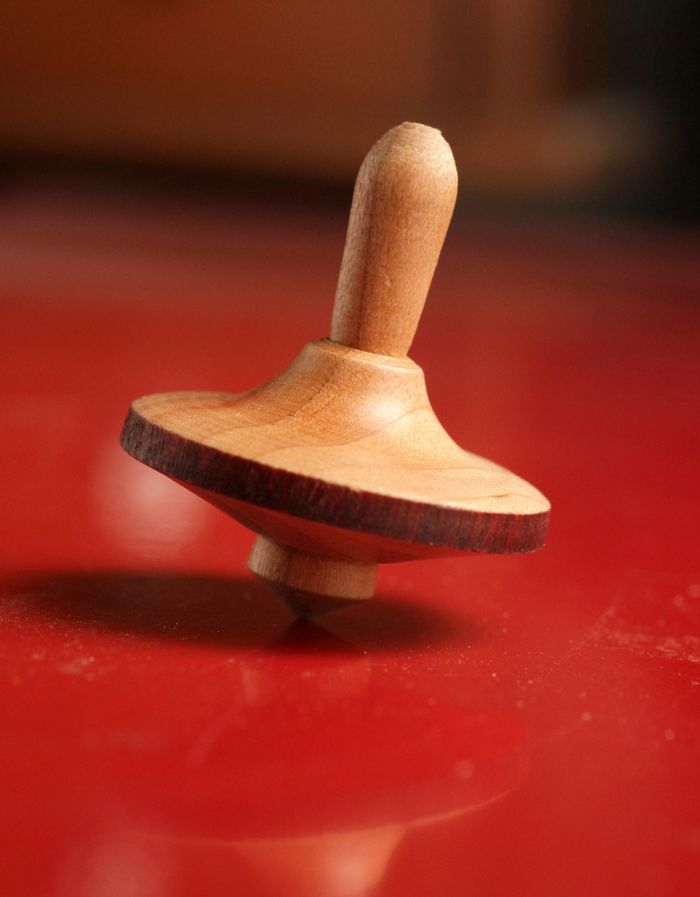
These vintage toys are set into a spin with the snap of the fingers.
As a novice turner, I made my share of honey dippers. But after watching a video of Richard Raffan make a spinning top, the dippers took a back seat. Beginners and experienced turners alike can challenge themselves with the variety of cuts needed to build one, so no matter your level, it’s a great way to maintain your spindle turning skills. It doesn’t take a lot of material, either: I usually start with a blank that’s about 2 inches in diameter and 3 inches long. I make all the cuts with a spindle gouge, skew chisel and parting tool, but you can also experiment with end-grain scraping and hollowing cuts..
Material:
My kids still have the first tops I made, but they don’t spin very well anymore because I turned them from green wood that warped as it dried. Avoid a wobbler by using dry stock, preferably one with tight, even grain. Hardwoods like birch and cherry are a good bet, but I have turned good spinners from both softwoods and tropical hardwoods, too. In my experience, the density of the wood is less important than having an even density.
You could also experiment with high-density plastics or by combining materials. Some woodturning craft supply houses even have project kits to make tops.
Turning:
With the blank secure in a four-jaw chuck, I first develop the bottom half of the body and the point. The end-grain fibers at the point can be burnished, (I use the back of a spindle gouge) but this may unnecessary with denser woods. Experiment with how sharp to make the point. Some of my best tops have a round tip.
After I make a shearing cut to establish the diameter of the main body, I occasionally use a permanent marker to color the rim. If the marker bleeds into the surrounding area, make an additional cut to clean it up.
While you still have plenty of support at the chuck, sand and apply a finish to the portion of the top that is complete. I use a friction polish and shellac.
Use a parting tool or a peeling cut with a skew chisel and remove wood that will become the stem. Work in steps and always leave as much support as possible at the drive side.
The stem should be sized relative to the diameter of the top and it’s difficult to get a good spin with a very slender stem. For that reason I usually go for a simple taper that’s no less than 1/4 in. in diameter. Part off the top and hand sand the tip of the stem.
Spinning:
If you can snap your fingers, you should be able to get a good spin. I tell people to place the stem between their middle finger and thumb, knuckles up and give a gentle “snap.” When you get the hang of that technique, try gripping as above, but turn your hand so your palm is up. Rest your knuckles on the tabletop and give a healthy snap to send the top into a spin upside down.
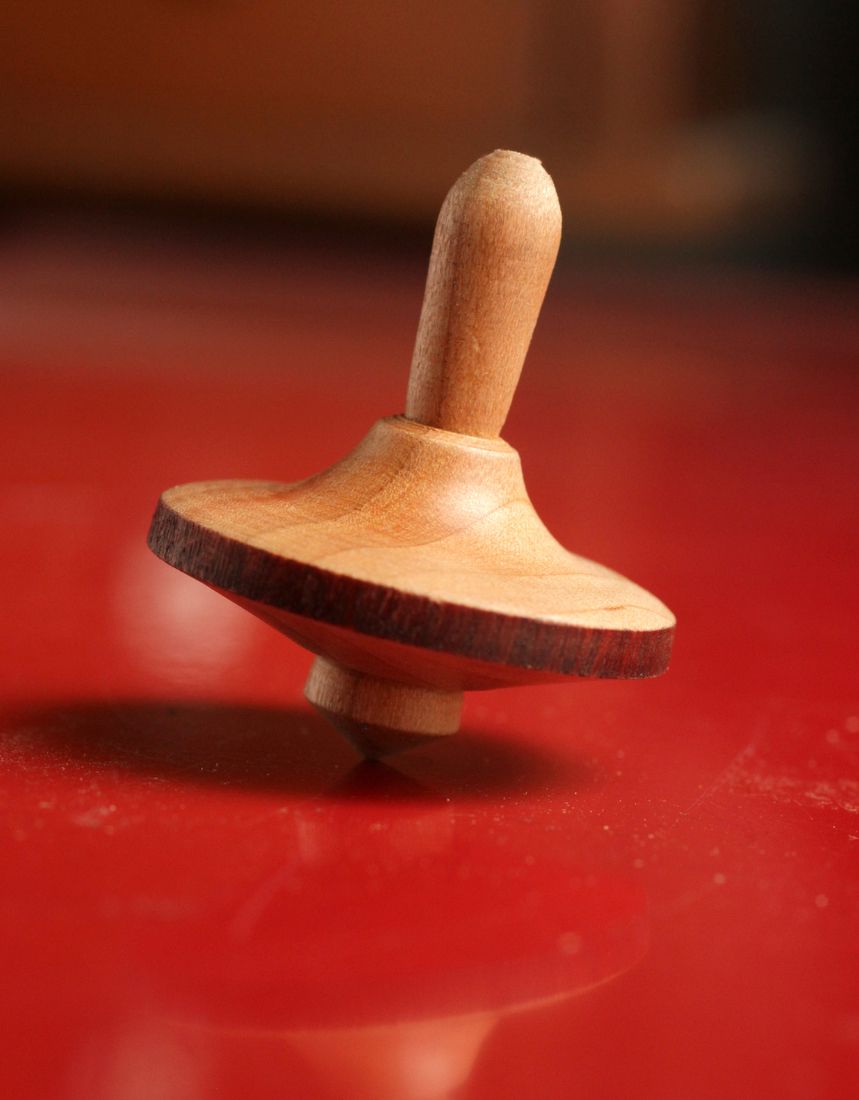
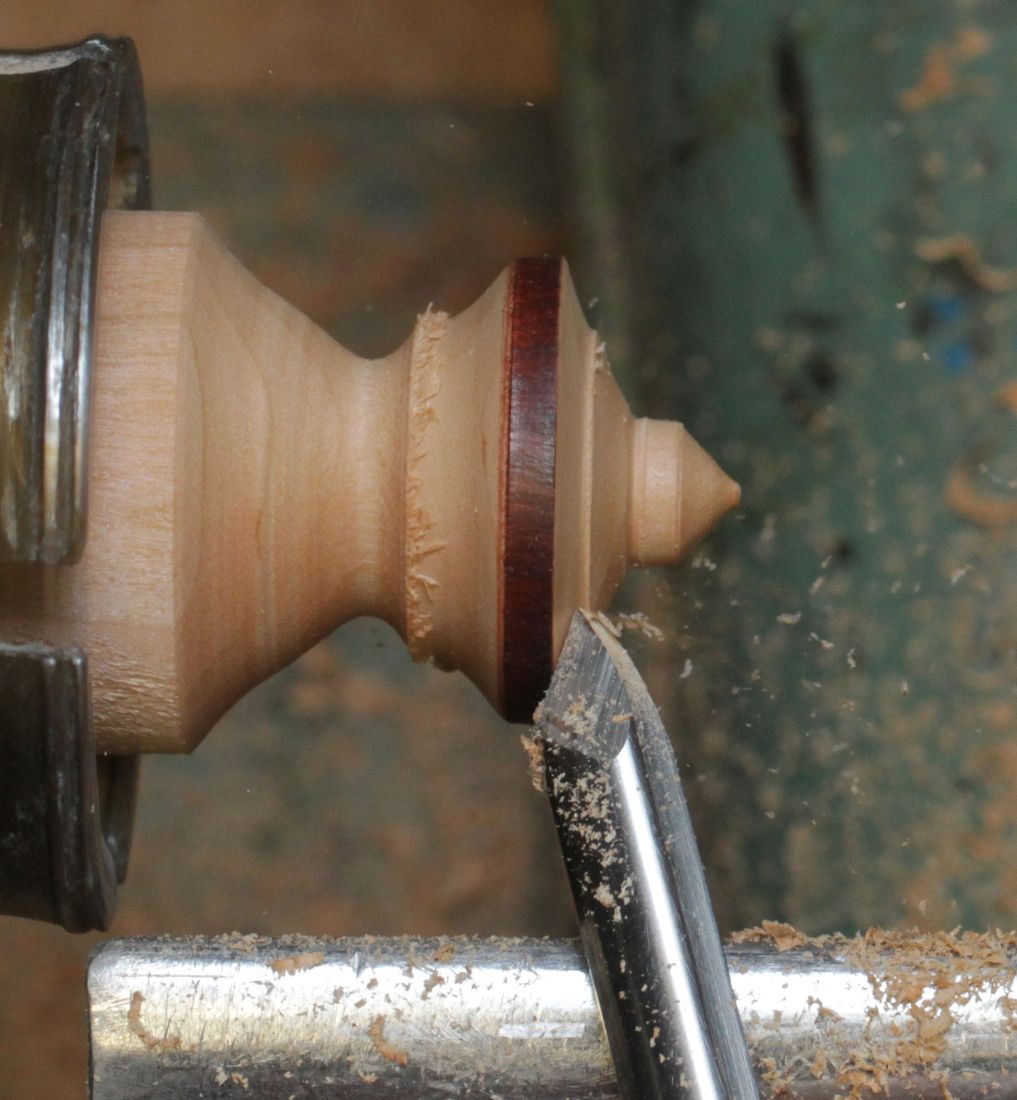
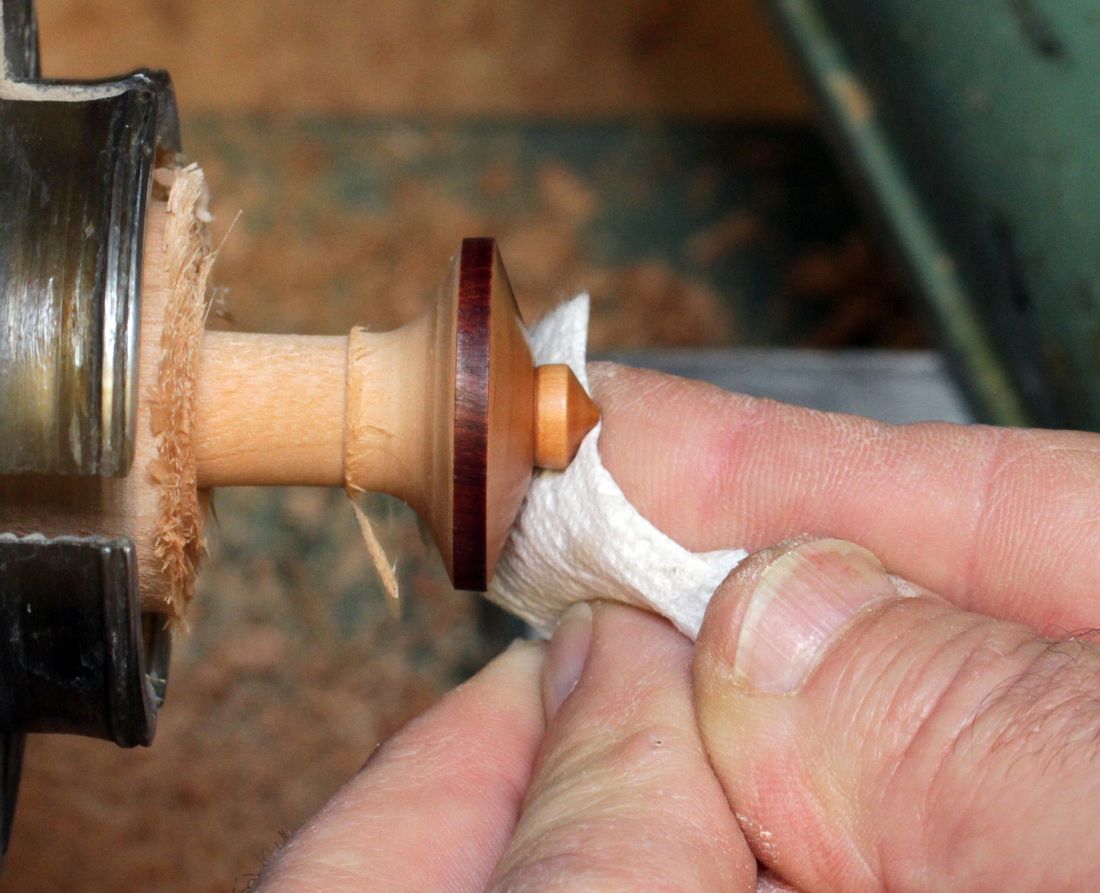
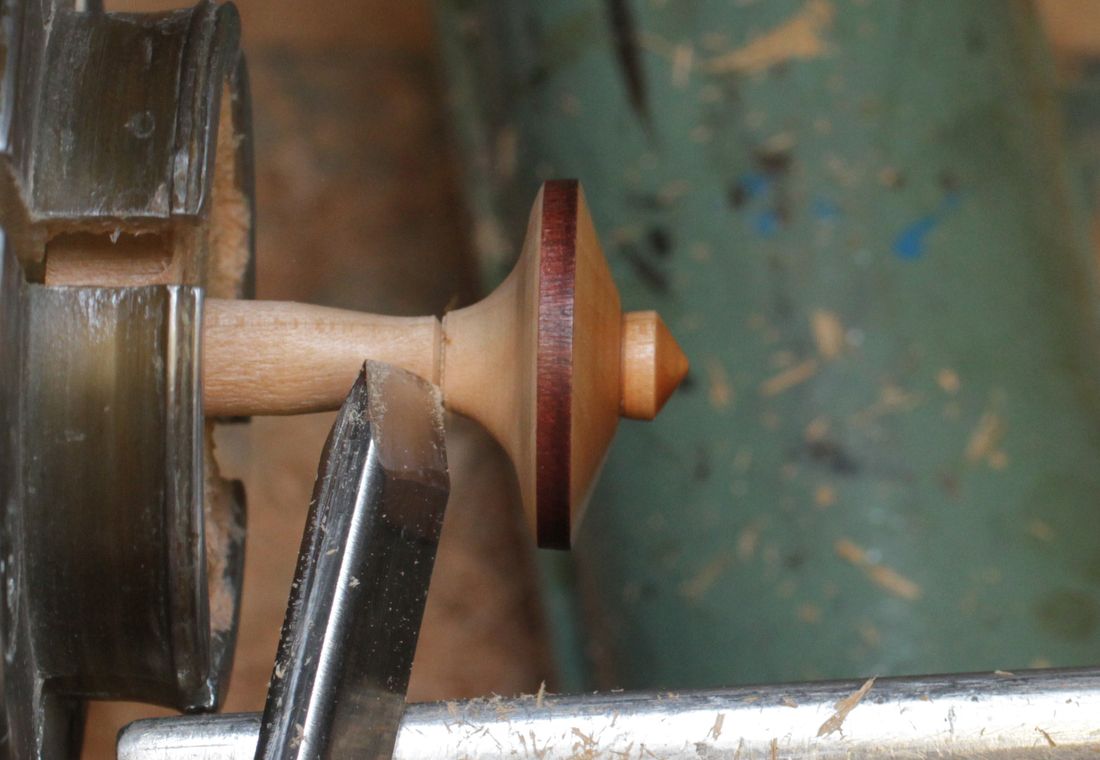
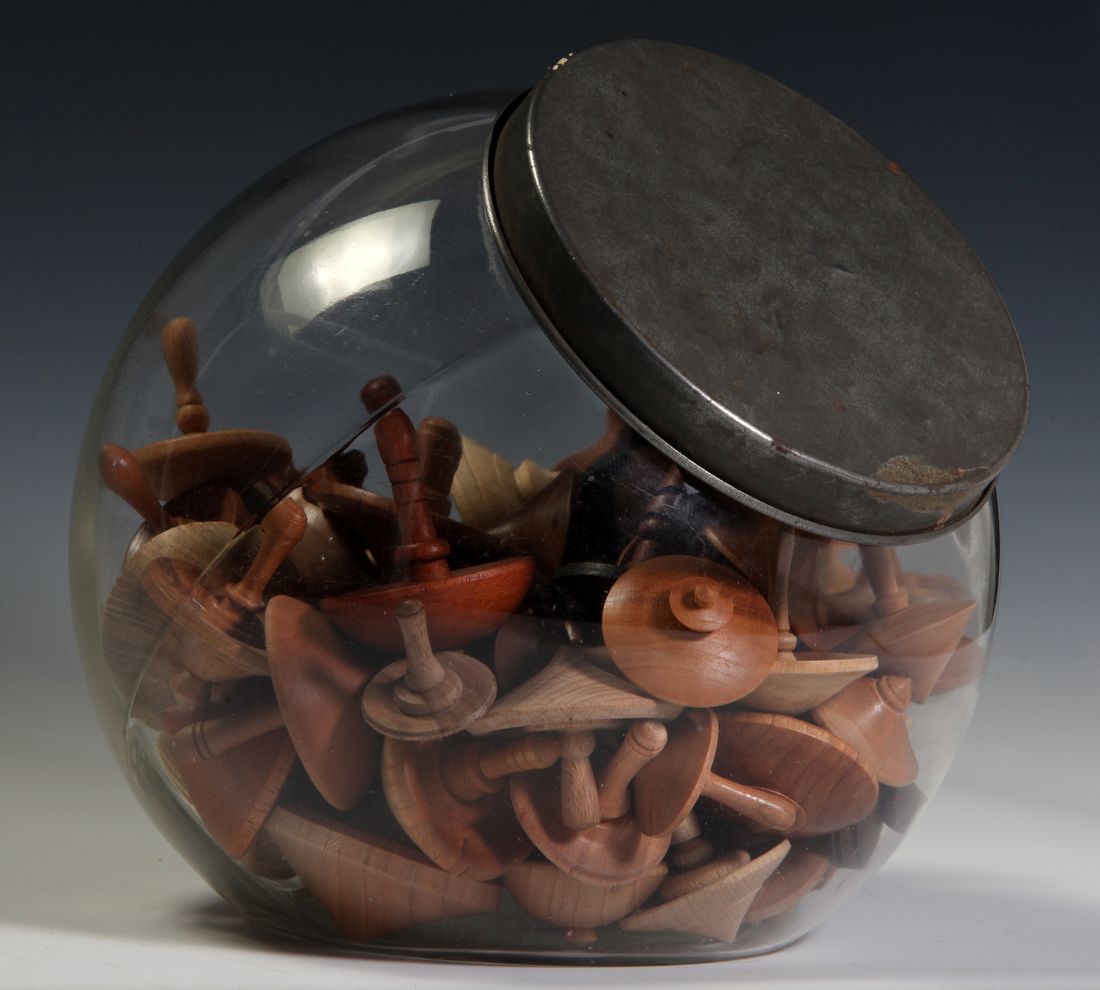

















Log in or create an account to post a comment.
Sign up Log in